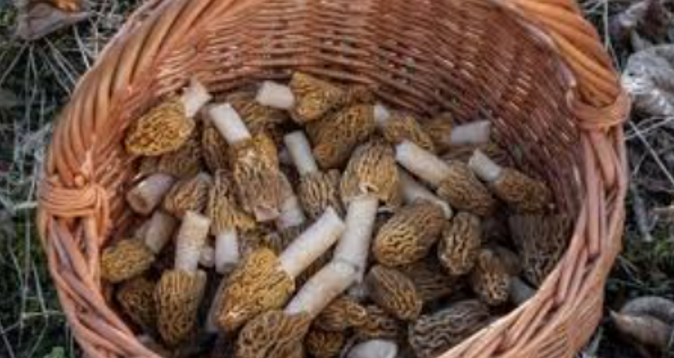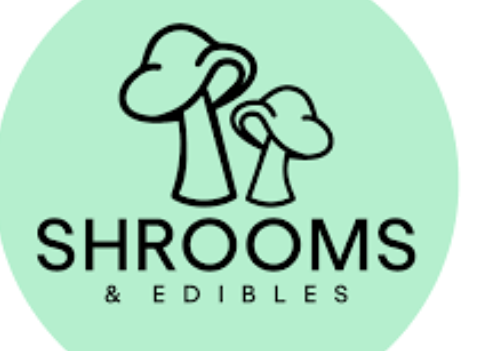
Mushroom Foraging in Michigan
Michigan is full of amazing wildlife and there are many ways to enjoy the space around you. A great activity that allows you to explore the wild areas of Michigan is mushroom foraging. Mushroom foraging can be tricky and certainly makes you appreciate the complexity of nature. But with a good identification book and possibly a good guide it can be a fun activity that could become a tradition. Mushroom Foraging
There are many types of mushrooms in Michigan and many can be found till the fall. The season for morels, a choice mushroom, is coming up in April and it is a great time to learn about proper mushroom foraging techniques.
Materials
To forage for mushrooms, you will need a good guidebook/identification book, a mesh bag or basket, a compass or GPS and comfortable shoes. The mesh bag allows spores from the mushroom to spread across the area and the mushrooms won’t spoil.
Proper Mushroom Foraging Technique
The first thing you need to do when collecting mushrooms is to try identifying the species. Some species may be poisonous and it is best to avoid them. This is why you should never eat a mushroom unless you are 100% certain what it is. Next, pick the mushroom. There are two schools of thought for mushroom picking methods, to dig or not to dig. Digging makes sure that the volva (the lower portion of the mushroom) is intact, this structure helps identify poisonous mushrooms, but can damage the mycelium. Cutting the mushroom at its base will not damage the mycelium and ensure mushroom growth next year, but the mushroom will not have its volva. What all mushroom foragers can agree on is to not pinch or pull the mushroom as harvesting methods. These methods are sure to damage the fungus and the identification structures will be lost.
Warning
There are many species of fungus and it can be hard to distinguish one from another. It is incredibly important to know which species you are harvesting. Many edible species have poisonous look-alikes, ingesting these fungi can result in symptoms ranging from mild stomach upset to death depending on the species. The age of the mushroom matters, in some species the mushroom may only be edible at a certain age. This is why it is incredibly important to have a guide/identification book and to only eat mushrooms you are 100% certain in identifying. Note, mushrooms can cause allergic reactions, a mushroom that is safe for you to eat can cause an adverse reaction for someone else.
Mushroom structure

What we know as mushrooms are just a small portion of the actual fungus. The mushroom is the fruiting body responsible for reproduction, the rest of the fungus is called mycelium. The mycelium is like the vegetative parts of plants, but instead of leaves and stems it is made up of hyphae.
Knowing the structures of a mushroom will make identification easier. A mushroom consists of a cap (pileus), gills (lamellae), stem (stipe), ring (annulus), cup (volva) and the mycelium. The shape and color of these structures help with identification. Below is a diagram describing the different cap shapes that are commonly used to identify mushrooms.

Specific Ecosystems and Mushrooms That Can be Found in Michigan
Each species of fungus is adapted to different ecosystems. To find a specific species it is valuable to know where it grows.

